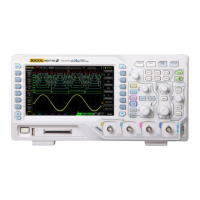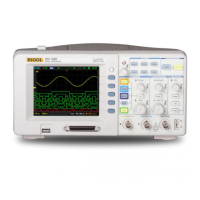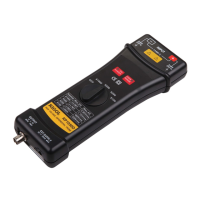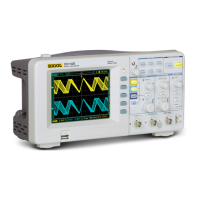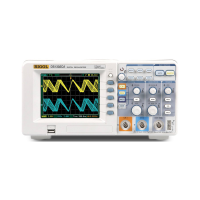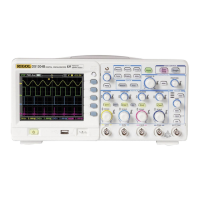Example 4: To Reduce the Random Noise on a Signal
If the signal is noisy (Figure 3-2), set up the oscilloscope to reduce the noise on the
waveform and avoid its interference to the signal.
Figure 3-2
Waveform display
1. Set the probe and the channel attenuations to 10X.
2. Connect a signal to the oscilloscope and obtain a stable display.
3. Improve the trigger by setting the Coupling.
(1) Press the MENU in the Trigger control area.
(2) Press Set Up→Coupling→LF Reject or HF Reject
HF Reject (High frequency reject) adds a low pass filter with the -3 dB cut-off
point at 150 kHz. Use HF rejects to remove high frequency noise such as AM or
FM broadcast stations from the trigger path.
LF Reject (Low frequency reject) adds a high pass filter with the -3 dB cut-off
point at 8 kHz. Use LF Reject to remove low frequency signals such as power
line noise from the trigger path.
4. To reduce the noise by setting the acquisition type and adjust the waveform
intensity.
(1) If there is noise within the signal and the waveform looks too wide, in this case,
choose average acquisition. In this mode the waveform will be thin and easy to
observe and measure.
To use average follow these steps.
Press soft button as Acquire→Acquisition→Average

